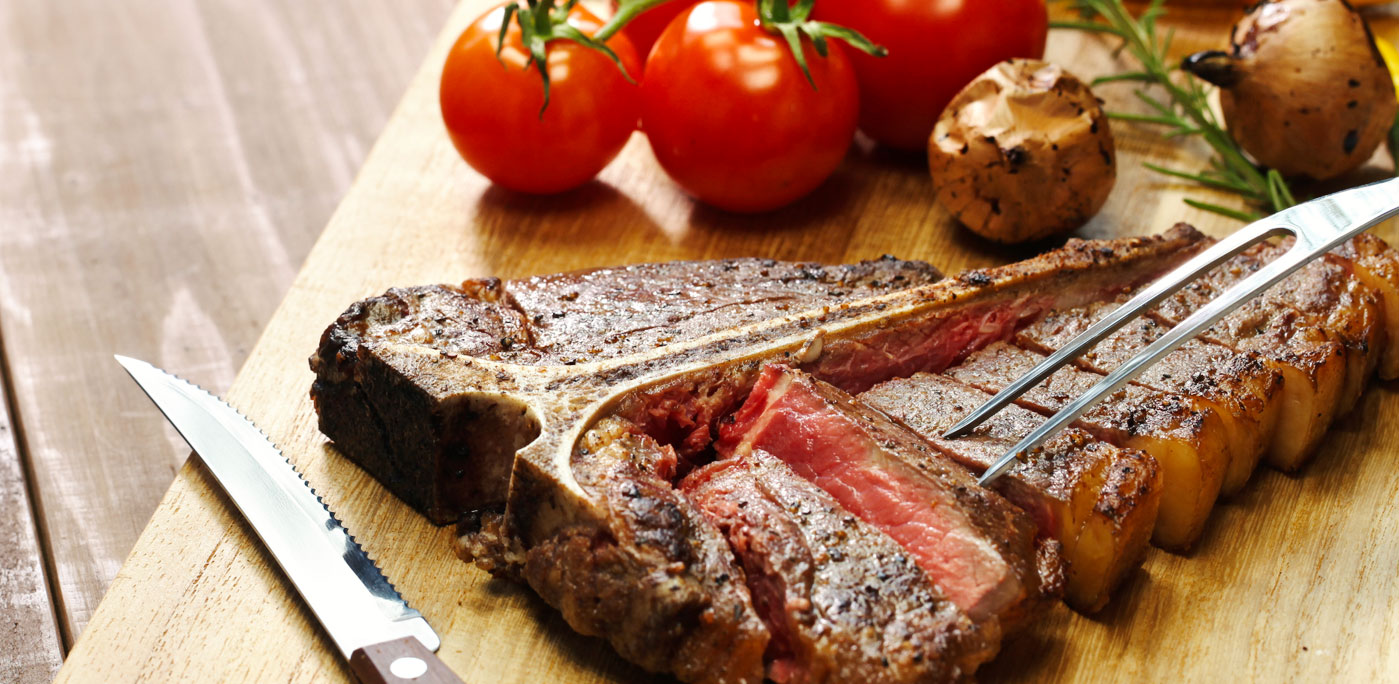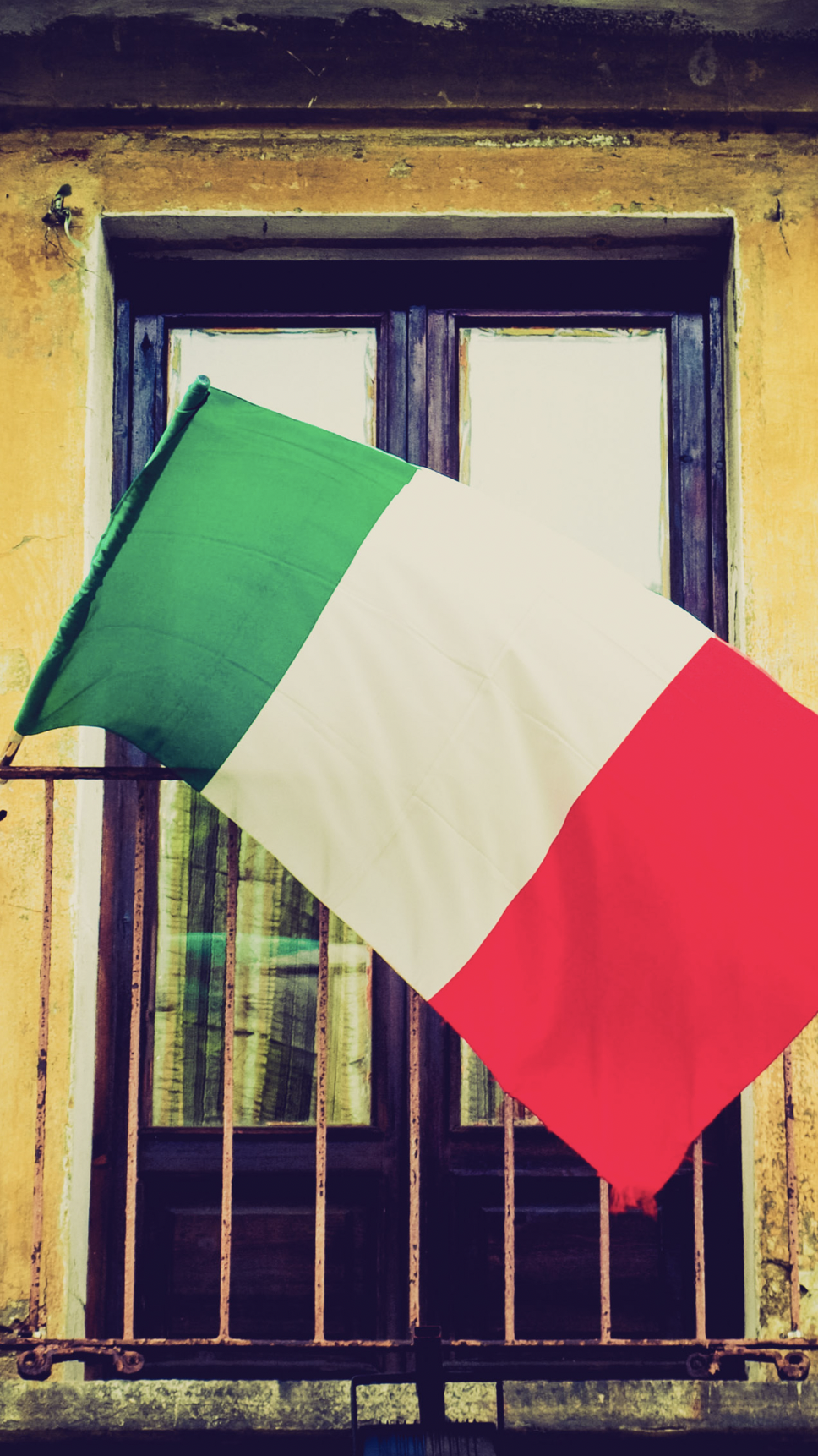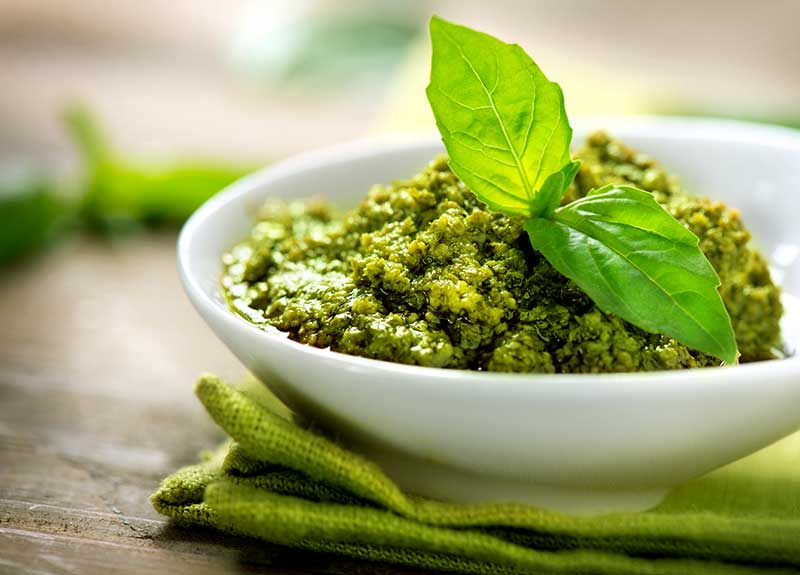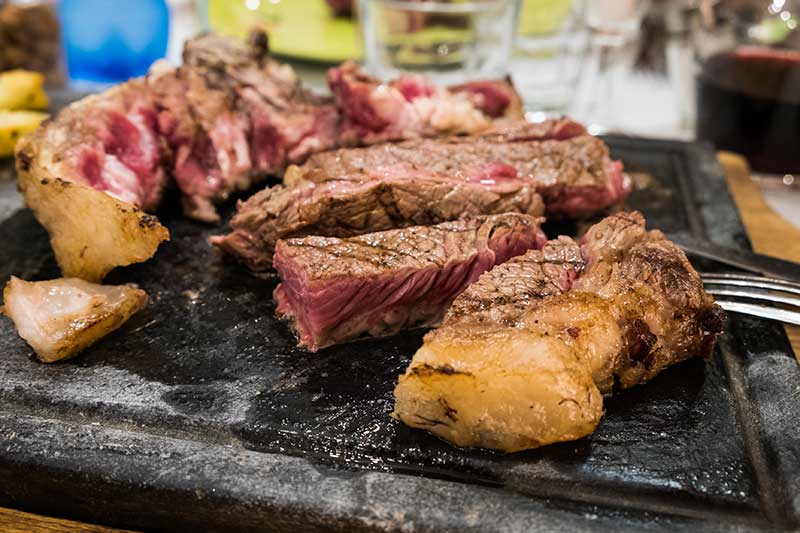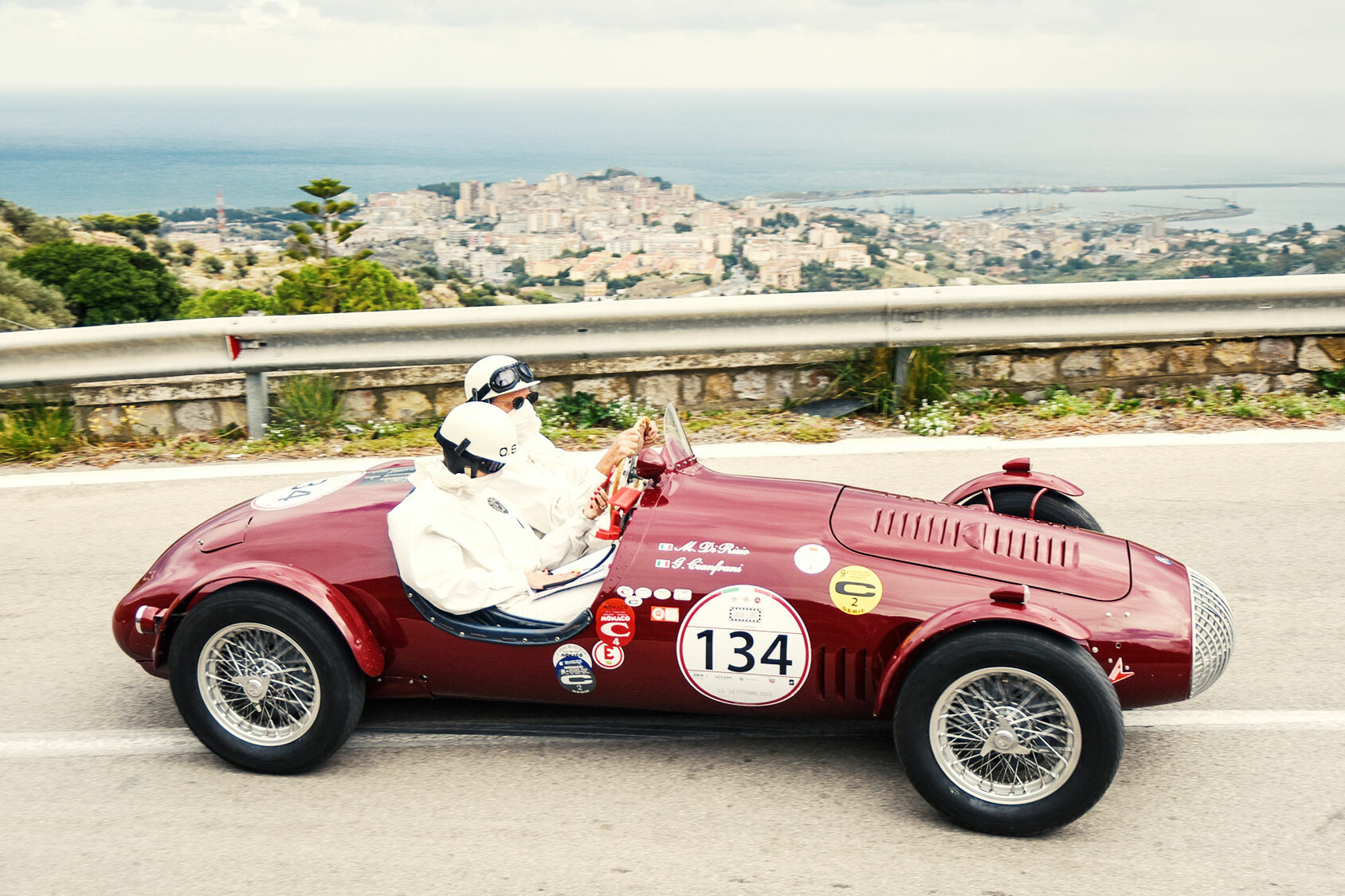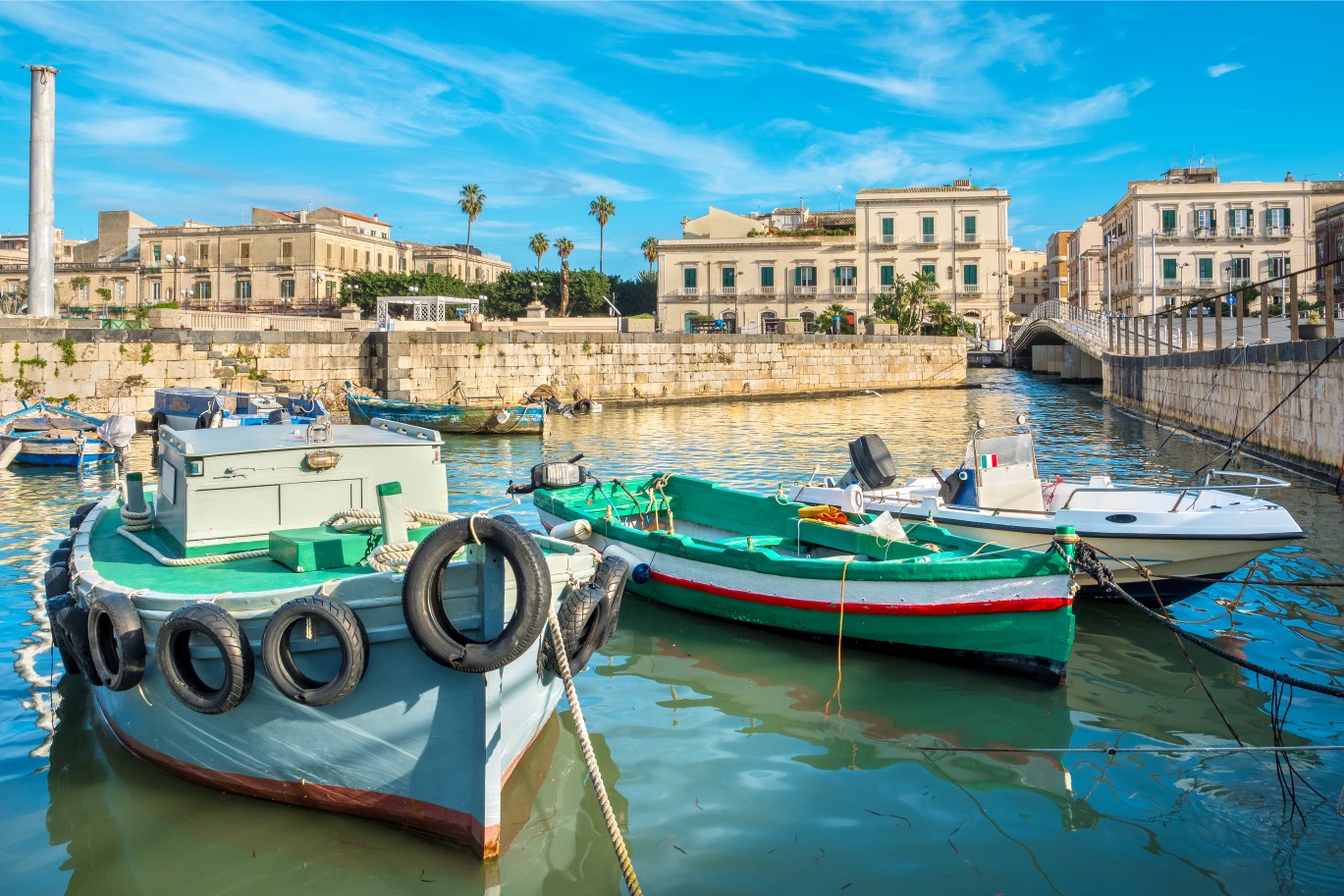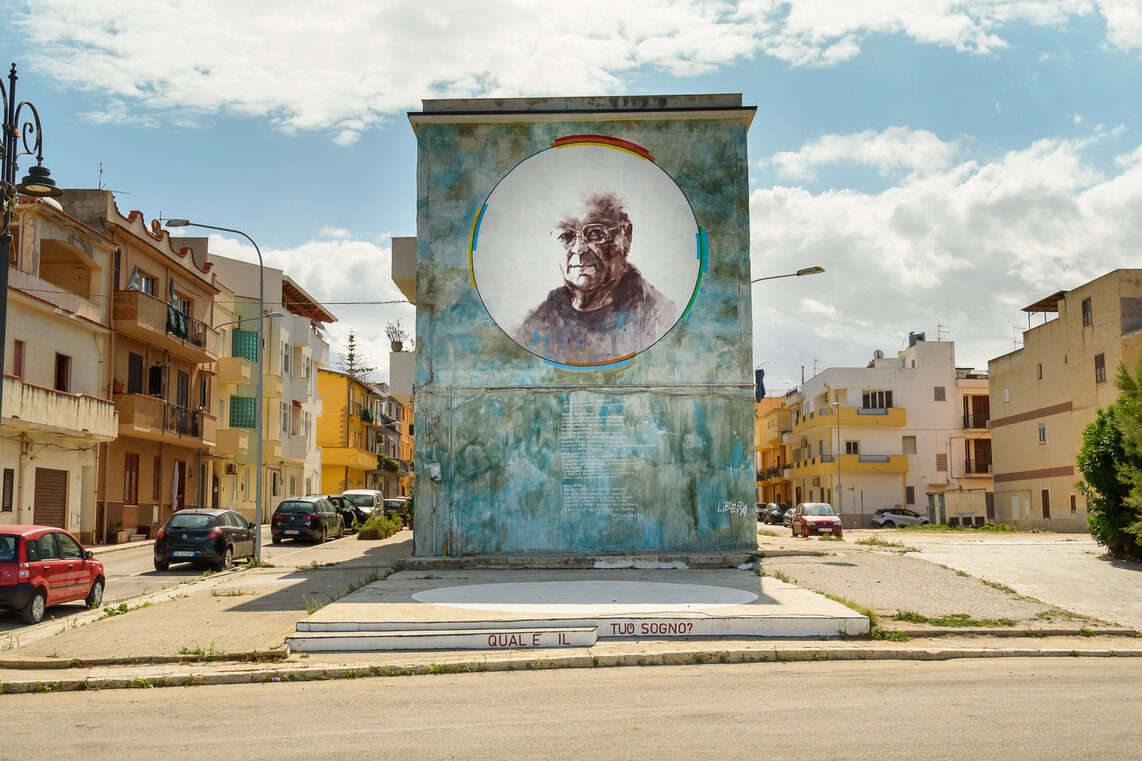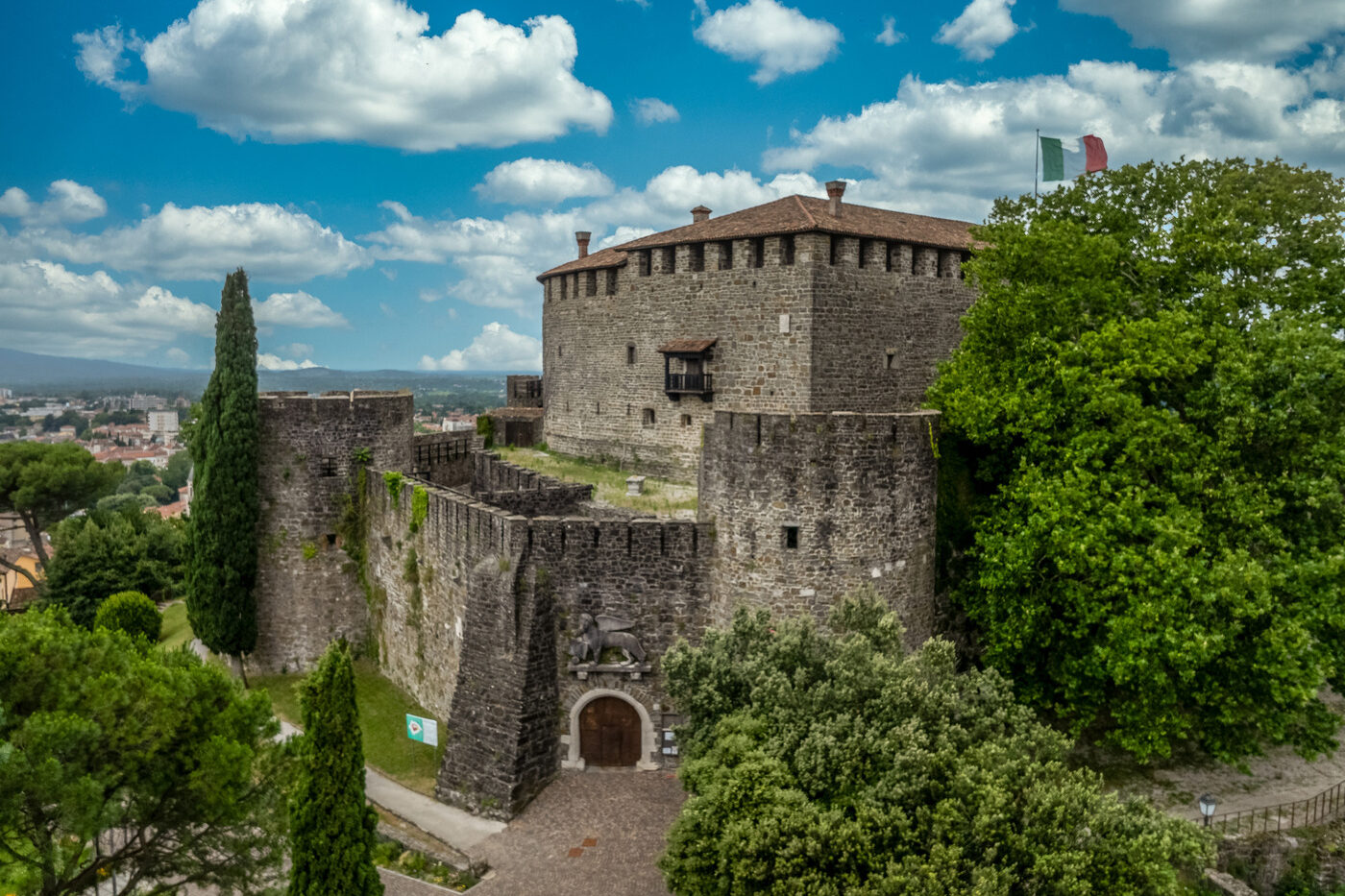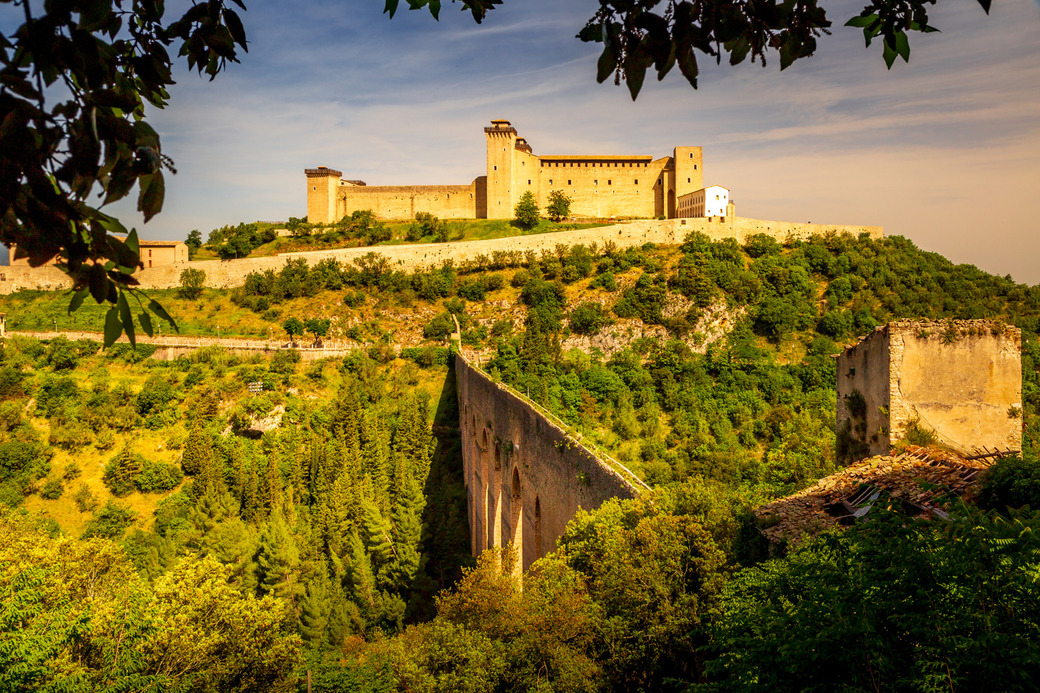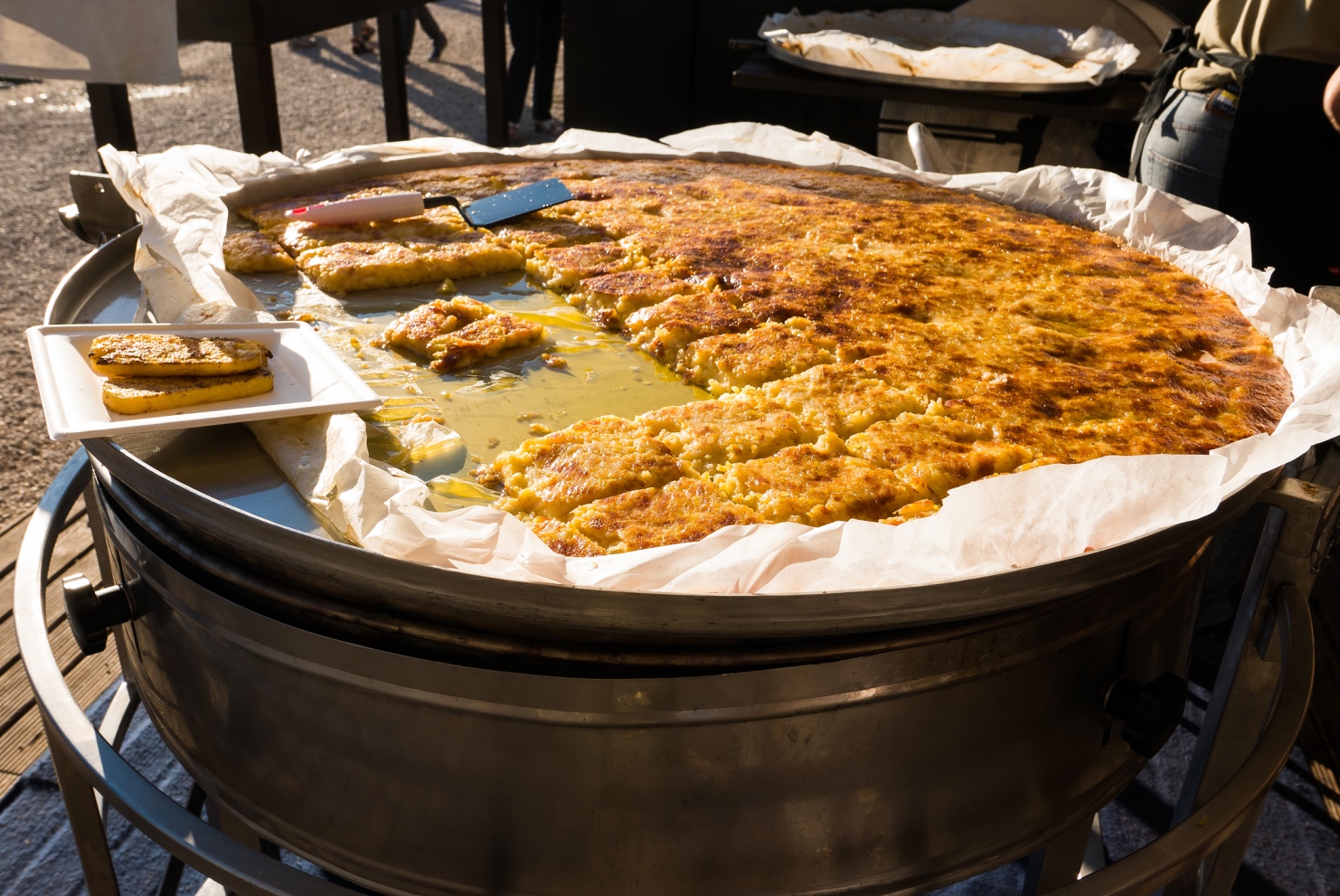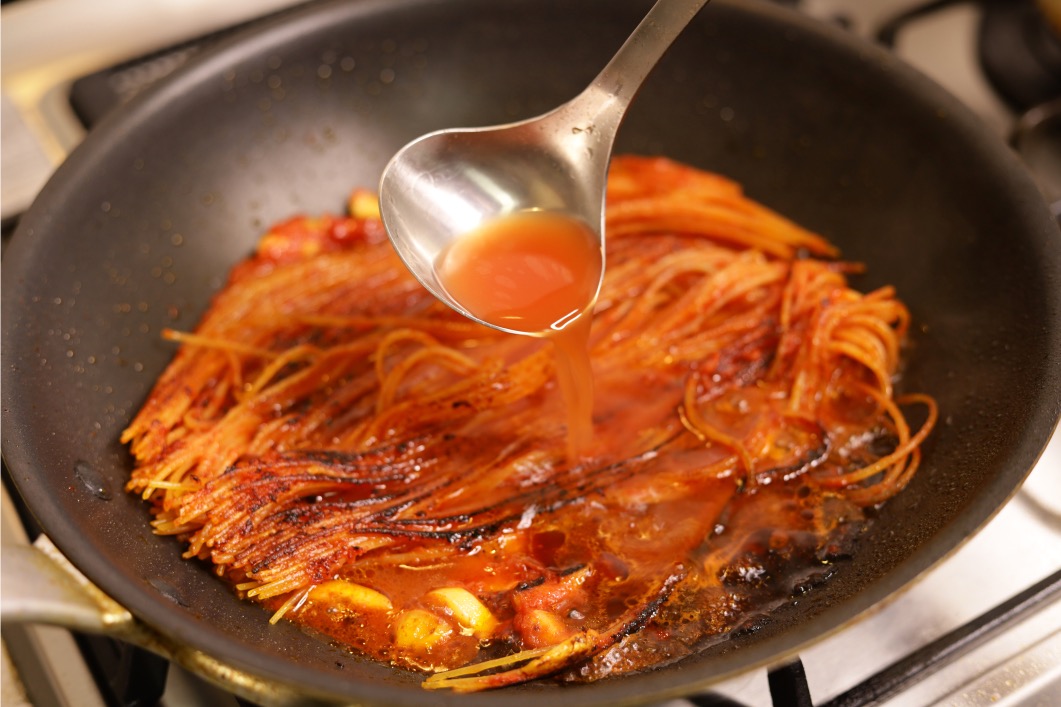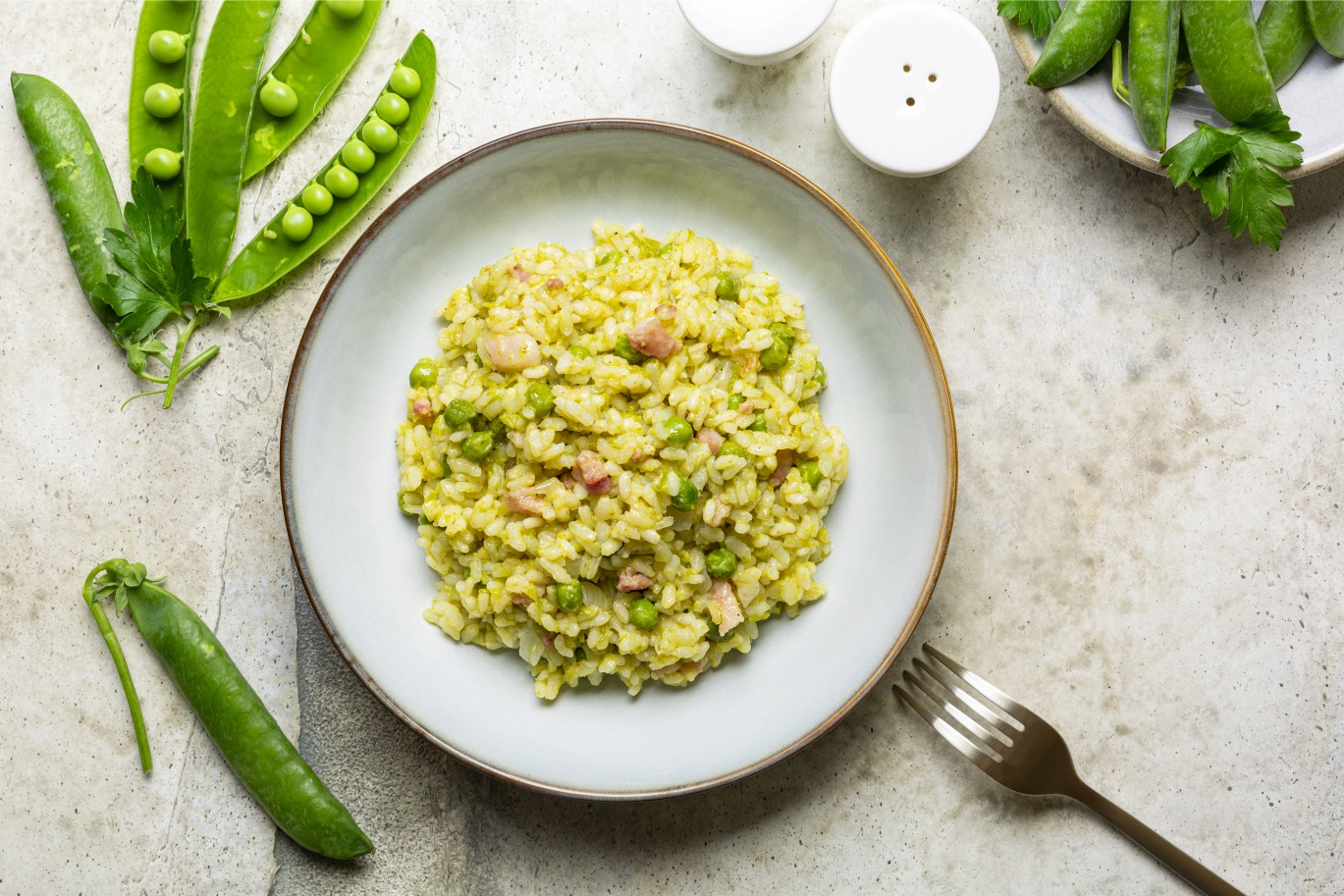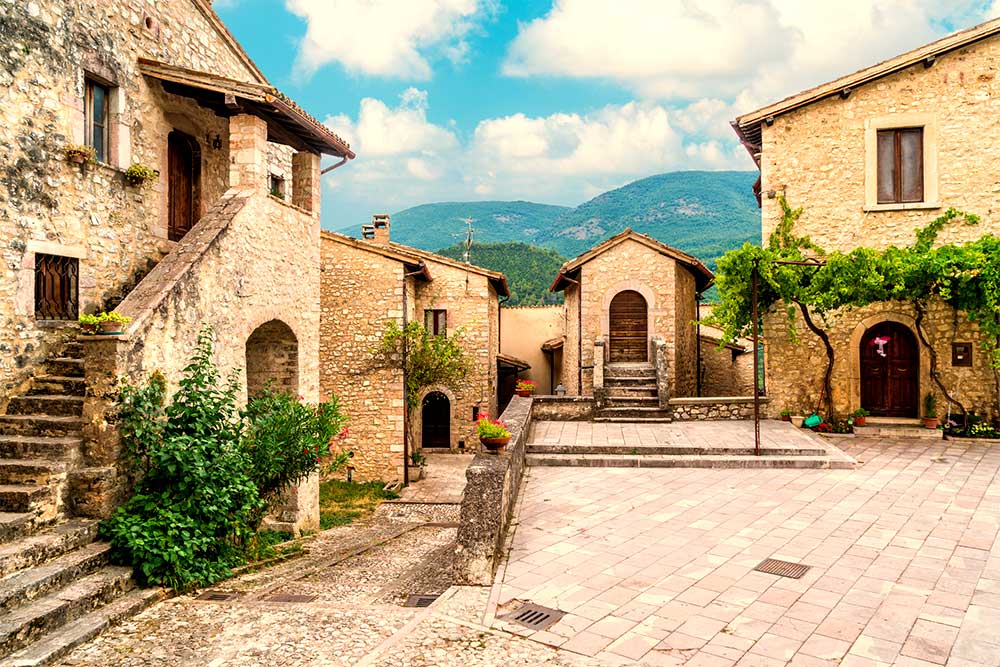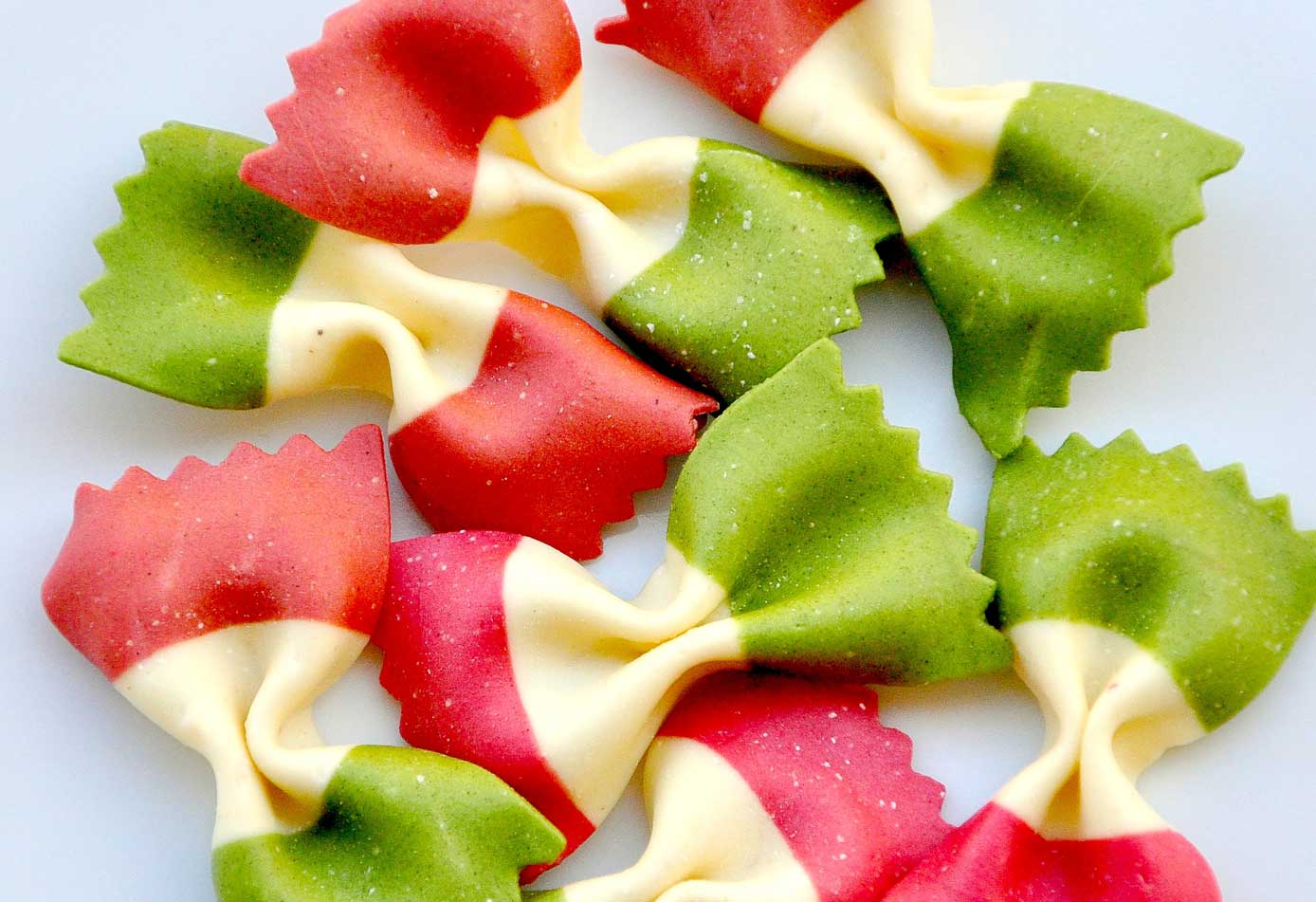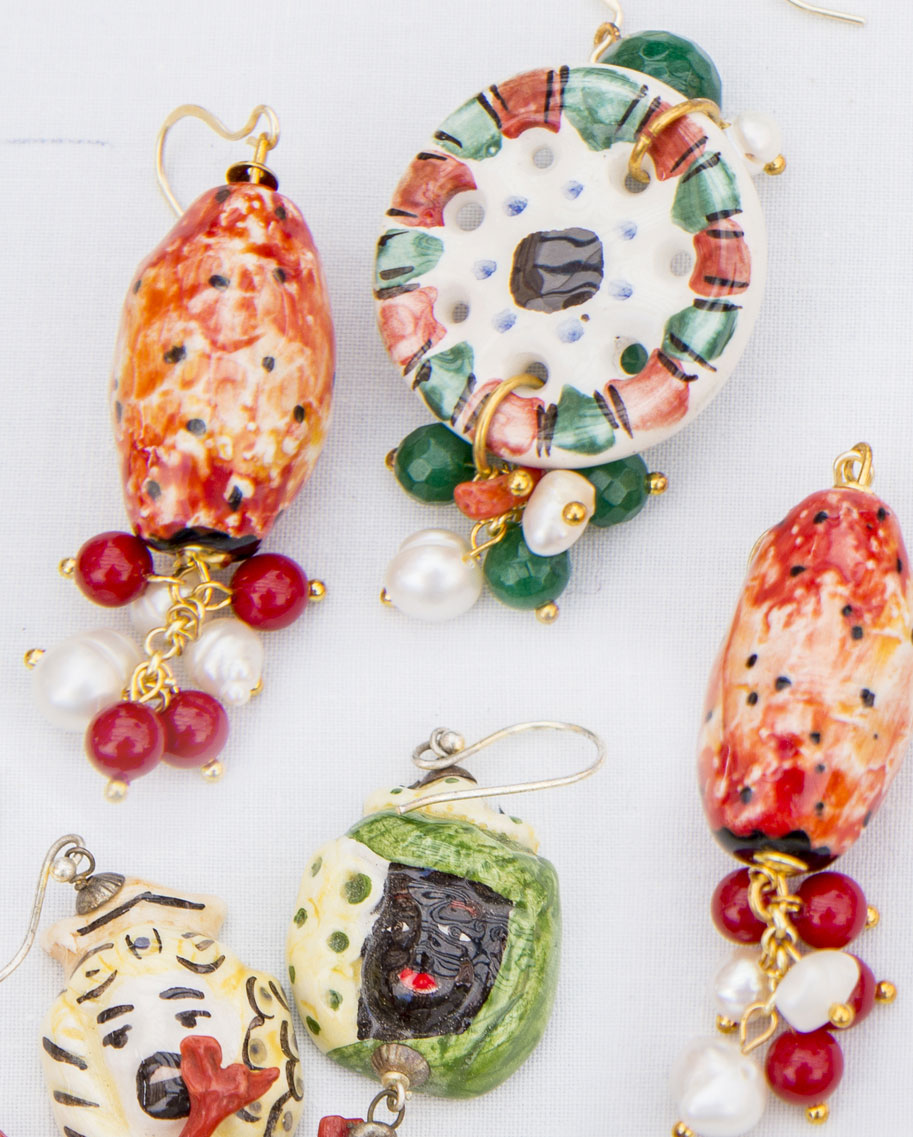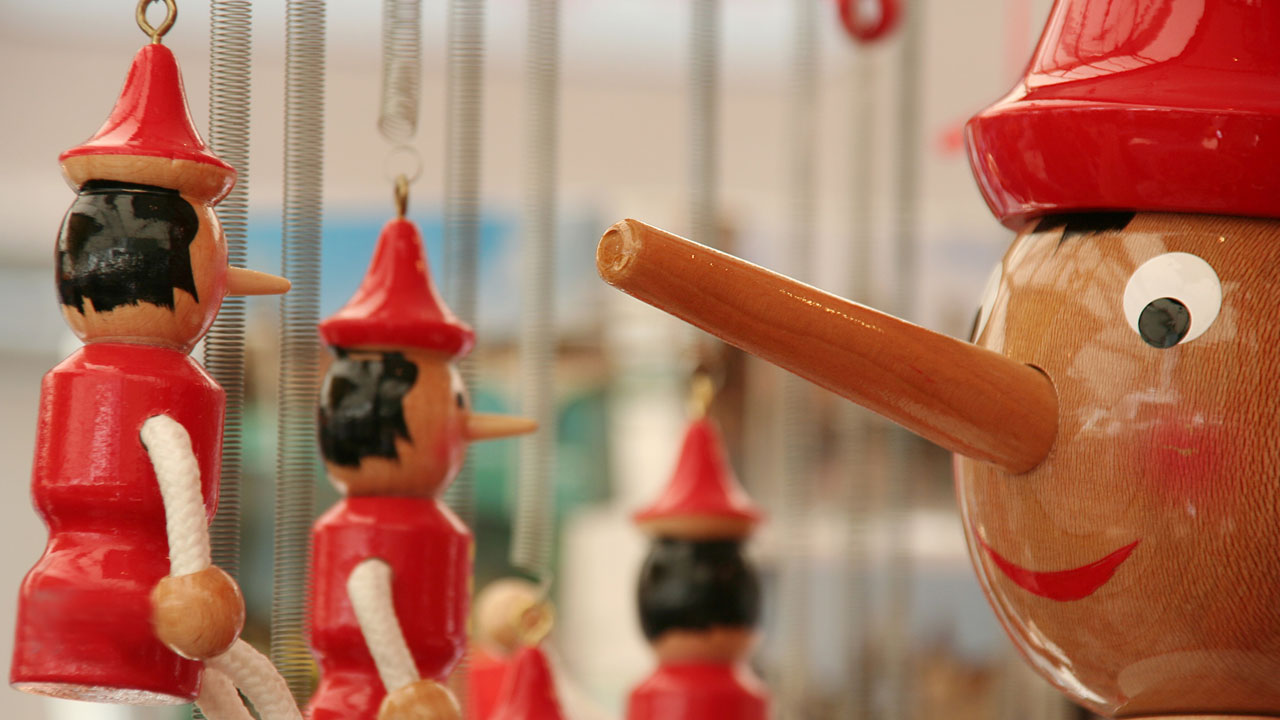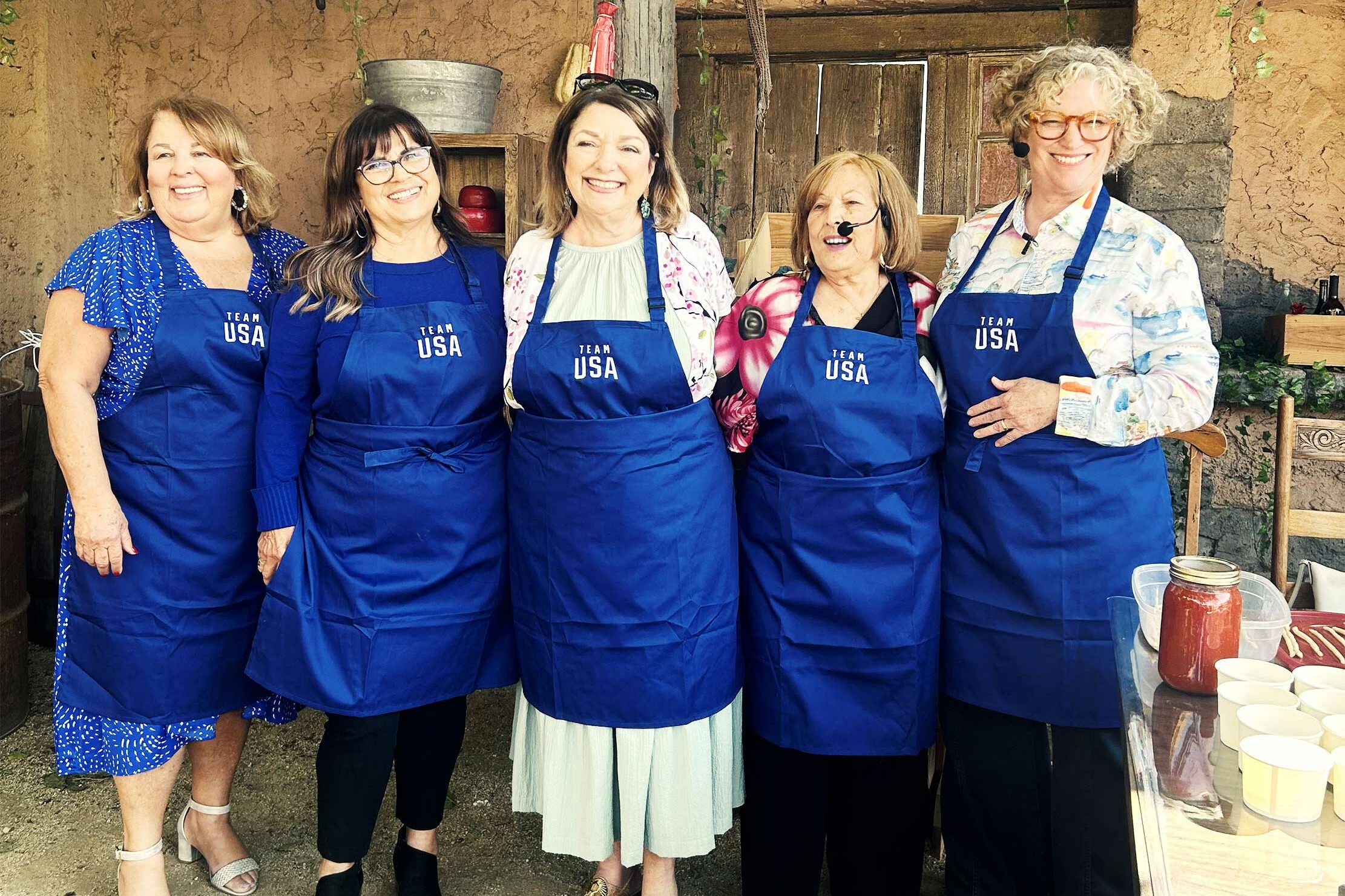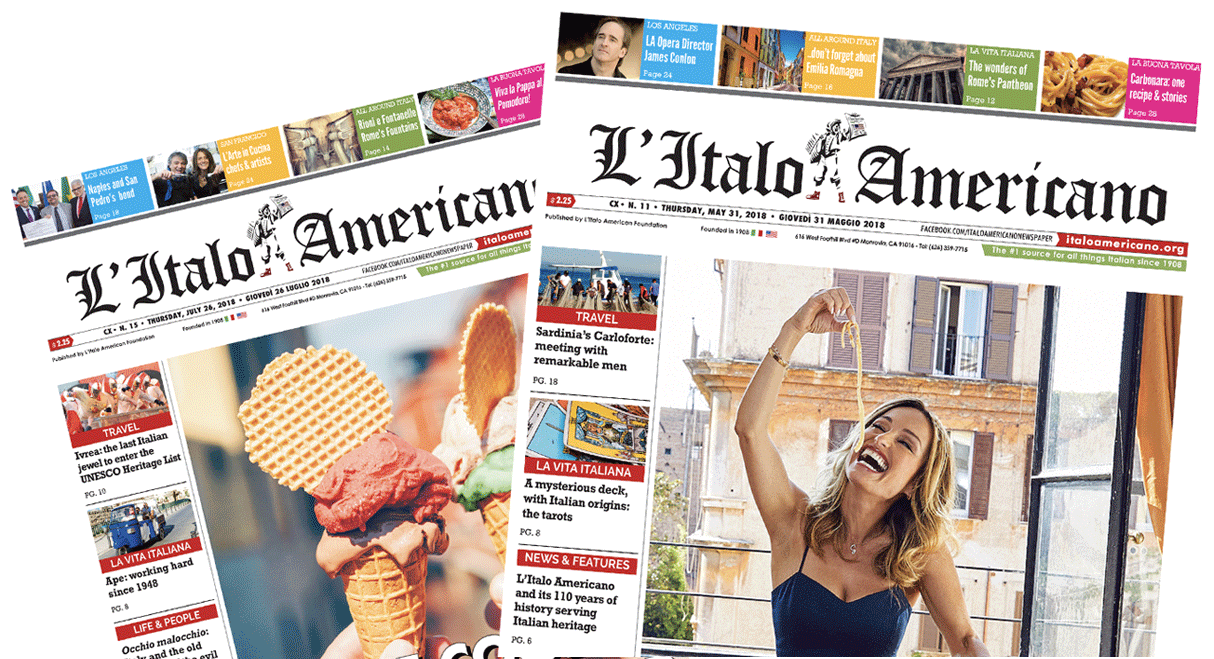…Here it is, in all its “thickness,” the bistecca alla Fiorentina! “and you know what — they say in Florence — outside of Tuscany, they don’t even know how to cut it. It’s thin, without fillet… look at those boneless steaks! You know what they are? chops! But for us, steaks… three fingers thick, they have to be! They don’t even know how to cook it. Here’s how to make a steak: sear, turn and … and off you go!”
Florentines, we all know it, are proud people and love their city and its food to bits. Traditions, including culinary ones, are rooted: they’ll never give up on their two fingers high steak.
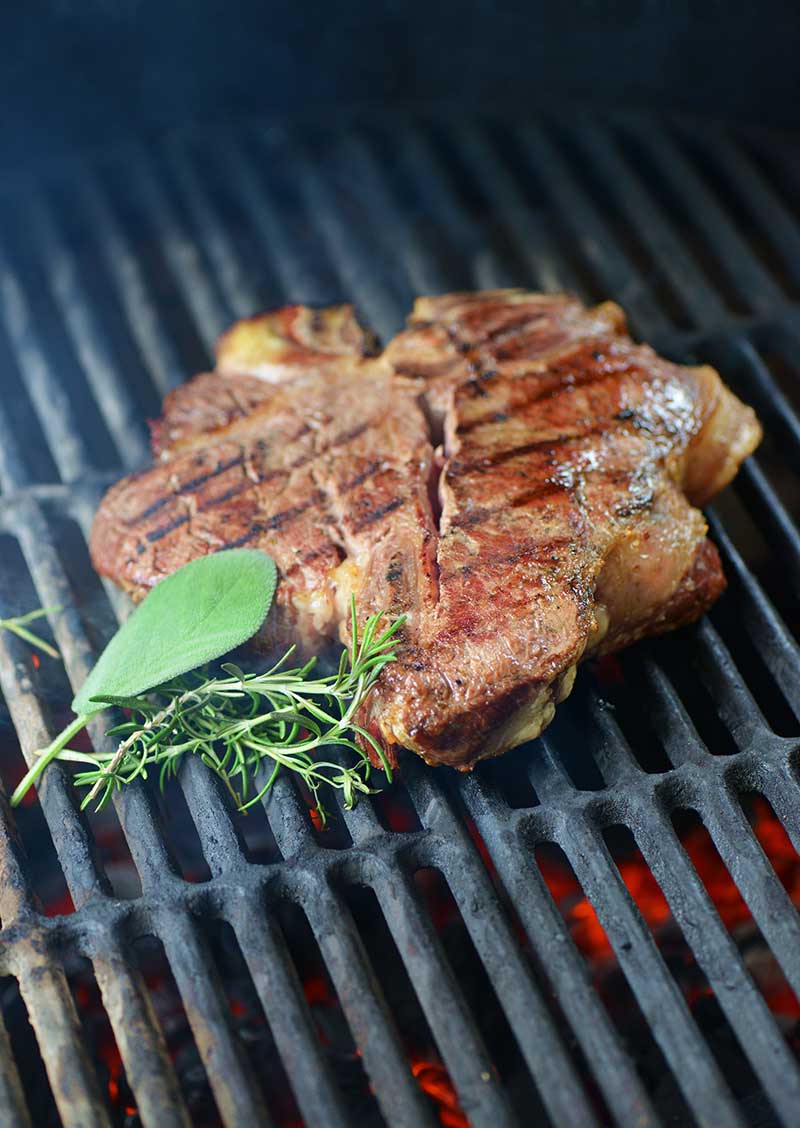
(Ⓒ: Dreamstime)
La fiorentina is not a seasonal dish: Winter or Summer, you’ll always find it in restaurants and at local butcher stores. Its history is long and its popularity dates back to the times of the Medicis.
On the 10th of August, the day dedicated to San Lorenzo, it was tradition in Florence to roast large quantities of meat to be distributed to people around town. Apparently, in one such occasions, there was also a group of British gentlemen who called the cut of meat they were given beef steak: and that’s where the Italian bistecca comes from. There is another, more recent (19th century), version of the story, which always sees a bunch of Englishmen and the locution beef steak at the origin of the Italian word bistecca.
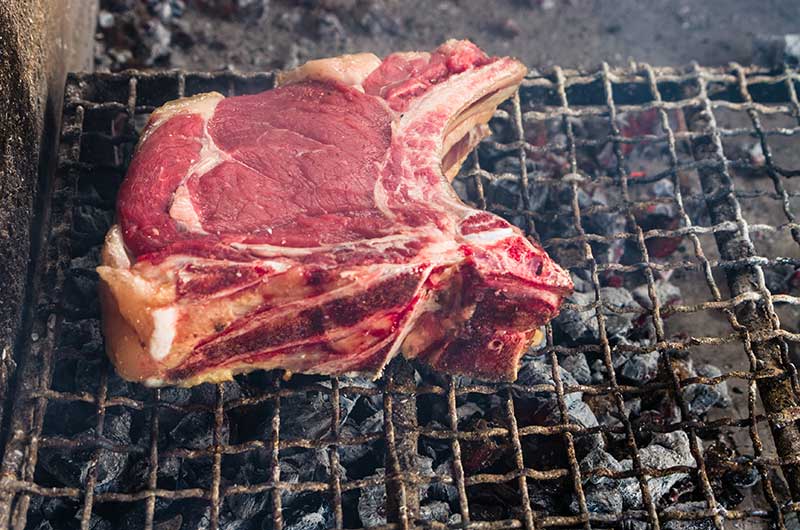
(Ⓒ: Dreamstime)
Bistecca alla Fiorentina is either young beef (between 12 and 18 months) or scottona (a female, between 12 and 36 months) sirloin steak, always of the Chianina variety. The steak should always be thick, include its bone, be either grilled or barbecued and, of course, it should always be served rare. The meat used for bistecca alla Fiorentina is very much the one we know in English as T -bone steak.
Chianina livestock is typical of Tuscany, especially of the Val di Chiana, between the provinces of Siena and Arezzo, from which it inherits its name. Still today, Chianina farming follows ancient, traditional methods. This is a very special, very unique cow breed, which is typical of the area and has ancient origins indeed. Both the Etruscans and the Romans would use large white cattle during their parades, which are not dissimilar to today’s Chianina bulls and cows. Just to give you an idea about their size, a modern “Donetto” chianino bull can reach 2000 kg (4500 lbs) before turning one year of age.
After the whole valley was reclaimed during the last century, Chianina breeding truly developed until the breed became one of the most prestigious in the country. Indeed, Chianina is protected by the Consorzio Produttori Carne Bovina Pregiata’ s 5R quality mark, along with Marchigiana and Romagnola breeds.
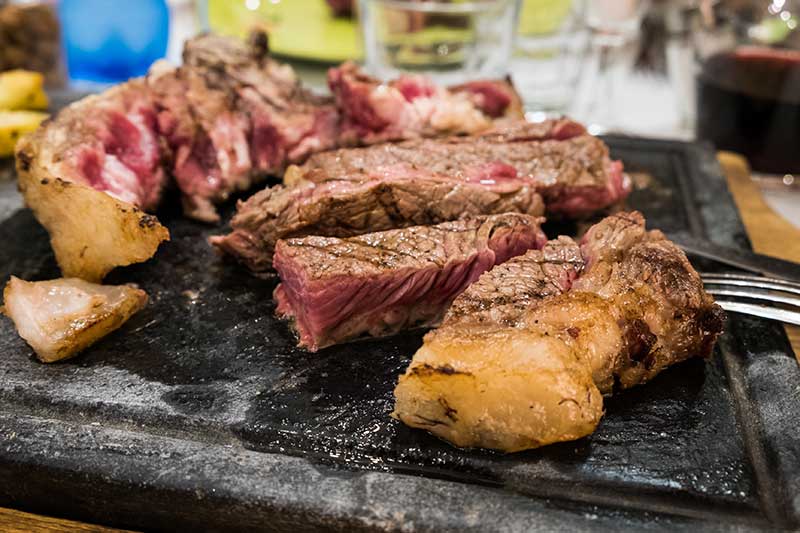
Bistecca alla Fiorentina should be serve always rare (Ⓒ: Dreamstime)
Meat quality is fundamental and, for this reason, its sales are regulated by very strict parameters. Chianina meat can be sold only if its origin and identification are confirmed. This is obtained through a specific branding used to identify all animals at the slaughter house. The meat, both fresh and frozen, is then sealed in ad hoc packaging, after having been checked one more time by quality and safety control officials. The final, packed product is then stamped once more, so that its origin is well recognizable and certified.
Essential — and carefully regulated by relevant control bodies — is the selection and quantity of the Chianina cows’ food, which must be natural, consisting entirely of local fresh or dried grass. Chianina’s feed cannot be genetically modified and cannot contain neither estrogen nor antibiotics.
Almost 20 years ago, when the “mad cow” scare swept through Europe, bistecca alla Fiorentina was banned, even if not a single case of the disease was recorded among Chianina cattle. On the 1st of January 2006, five years after its ban, la Fiorentina finally returned on Tuscany’s tables, much to the joy of its many estimators.
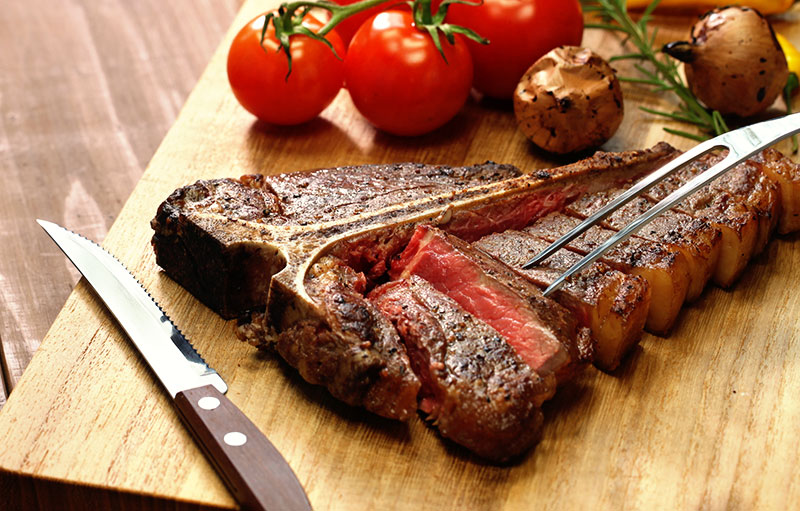
The bistecca alla Fiorentina must have its bone attached! (Ⓒ: Dreamstime)
A perfect steak
How is the perfect Fiorentina?
It has to be at least 2 fingers thick (about 1 inch and a half) and should weight between 900 and 1250 gr (roughly between 2 and 3 lbs). It should rest for a few days in a cool place, then be left at room temperature for a couple of hours before grilling.
Ideally, it should be cooked on oak, holm oak or olive charcoal, while gas barbecues and baking stones should be carefully avoided.
Fiorentina steak must be grilled without being marinated nor dressed. It should be — quite literally — thrown on the barbecue, very close to the charcoal for the first few minutes of cooking: this is essential to make sure it gets properly seared and its juices don’t go to waste during grilling. Technically, this is called Maillard reaction and it happens when high heat seals juices inside the steak.
After a minute of hot grilling on each side, the steak should be placed further from the charcoal and let cook at a gentler heat. In Florence, people say the fire has to fare il viso bianco, or make a face’s white.
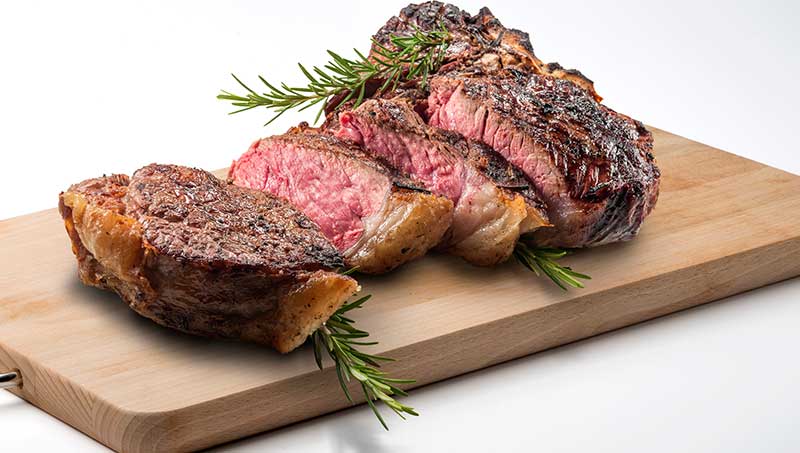
Fiorentina should not be cut immediately: let it rest and its taste will improve (Ⓒ: Dreamstime)
The steak must cook between 3 and 5 minutes on each side and must be turned only once. Be careful what you use to handle it, as pointy and piercing instruments are a no-no.
The last step is to cook the bone side of the steak, which has to be thick enough to stand on its own. Leave it like that, standing on its bone, for 5 to 7 minutes, until there is no more blood. The final result is a steak delicately hued on the outside and tender and juicy on the inside. As an incise, another school of thought maintains a Fiorentina should never be cooked standing up.
But you know what? When it comes to Fiorentina, maybe it’s better to know what not to do, rather than what to do. For instance, a good bistecca alla Fiorentina:
• Should never be seasoned raw, but only after having been grilled;
• Should never be grilled straight out of the fridge;
• Should never be cut immediately after having been taken off the barbecue. Just like with roasts, time should be given to meat juices to distribute throughout the steak;
• Should never be cooked in the oven;
• Should never be dressed with lemon.
Traditionally, a good Fiorentina is served with cannellini beans dressed in Tuscan extra virgin olive oil or, quite simply, with a salad even if, personally, I really like it with roast potatoes!
Final thoughts
A steak without the bone is a good piece of meat you eat. A steak with its bone, though, it’s a piece of history we enjoy for sheer pleasure, which we do not eat but savor little by little. Bistecca alla Fiorentina is not something you can cook in your own kitchen, using a normal barbecue or a baking stone. But we can use part of the specific cut it comes from, sirloin, to prepare delicious dishes!
Italian roast beef
Prepare a rubbing marinade (count 0.3 oz of it each lb of meat) made with salt and aromatic herbs. Rub it on the meat and then let it rest in the fridge for 24 to 36 hours. The rubbing marinade has a double duty: the first is to add flavor, the second is to begin “cooking” the meat.
Once the meat is ready, cook it either in a pan or in the oven for not more than 10 to 15 minutes.
If you chose a pan, then you’ll need a good non-stick one. ake Msure you sear it on all sides, then pass it to the oven and cook at a very low temperature (120C, or 250F), until the meat reaches the internal temperature of 55C (131F).
If you want to make it directly in the oven, then cook it at 250C (480F) for 15 minutes.
Let the roast cool, then slice very thin, as if you were serving a cold cut. If you have it, use a slicing machine. You can dress the roast beef with some extra virgin olive oil, a few drops of balsamic vinegar or a spoonful of mayonnaise.
Green peppercorn filet
This is a classic of French cuisine, but we love it in Italy, too!
Ingredients for four people:
• four fillet medallions
• 2 tbsp of green peppercorns, better if in brine
• 1 oz of butter for cooking
• 1 oz of butter for the sauce
• rosemary to taste
• 1/2 tsp of mustard
• 1 glass of brandy or vin santo
• salt
• 1 tbsp of flour
On high heat, sear the medallions in butter for 1 minute on each side.
Add salt and put on a plate.
Add the peppercorn and brandy to the pan and let the liquid reduce, then add the mustard, the rosemary and the meat again.
Roll the leftover butter in the flour, then add to the pan along with another tbsp of brandy. Cook for a few minutes, add some salt and serve immediately.
